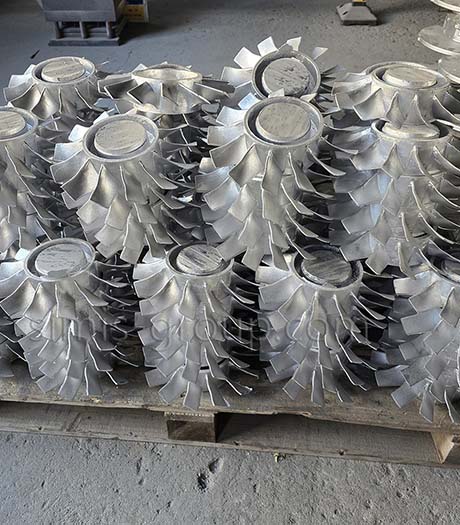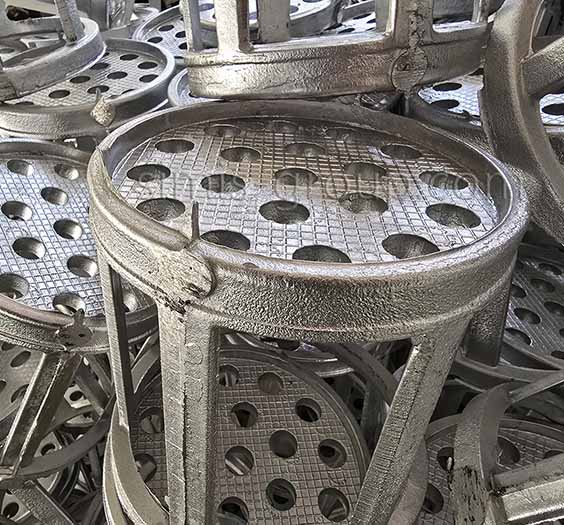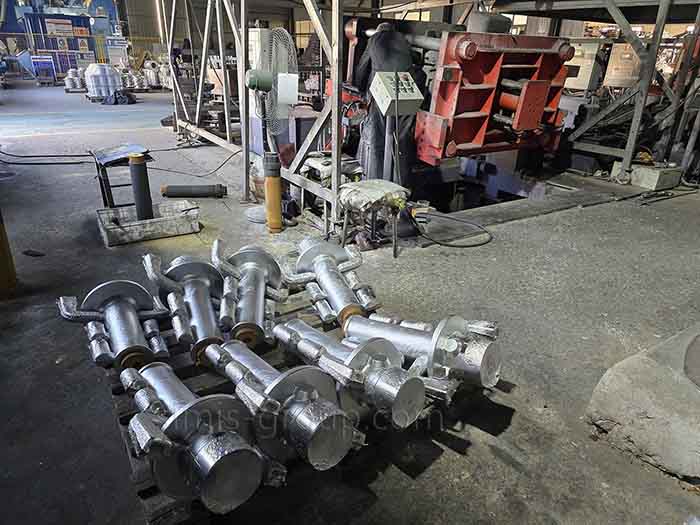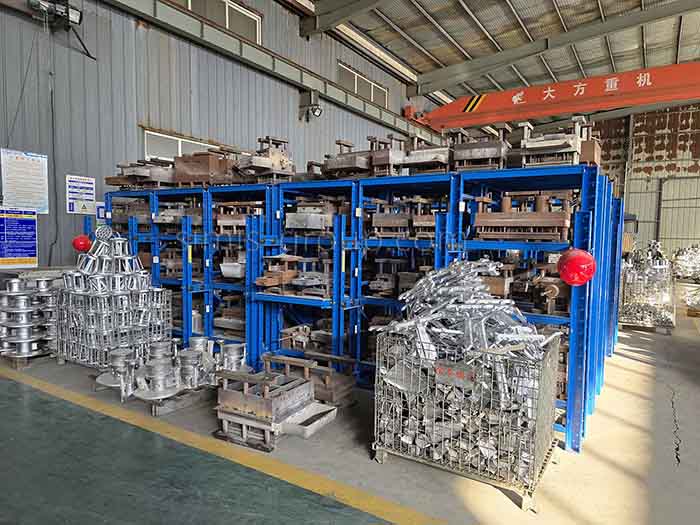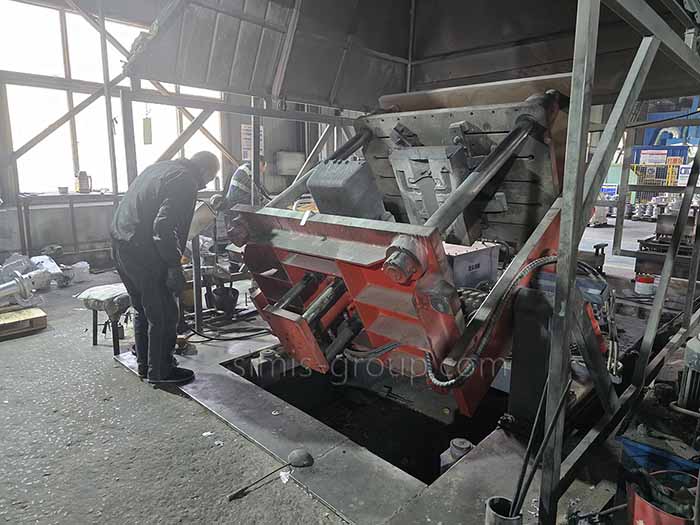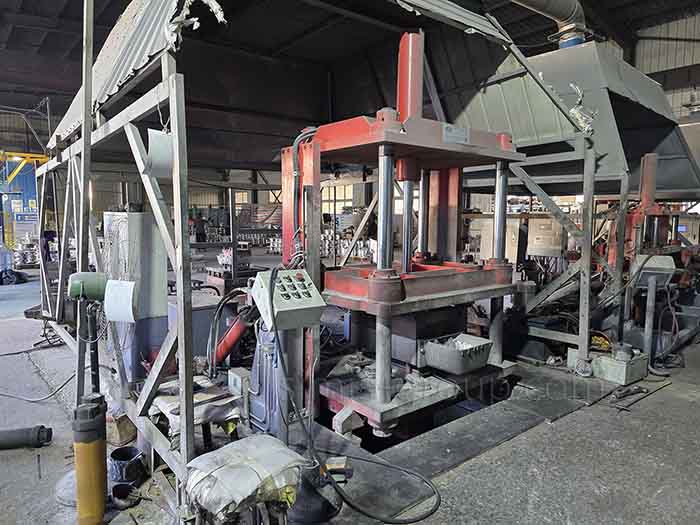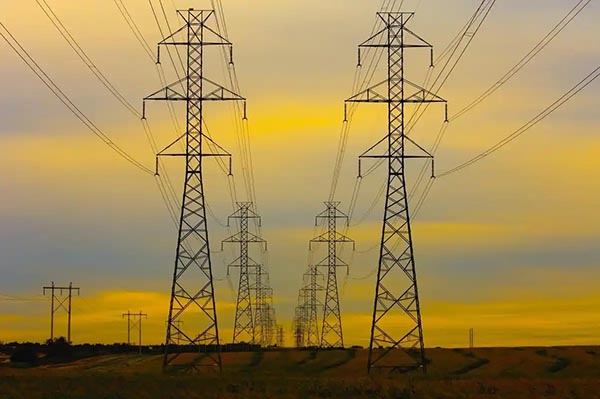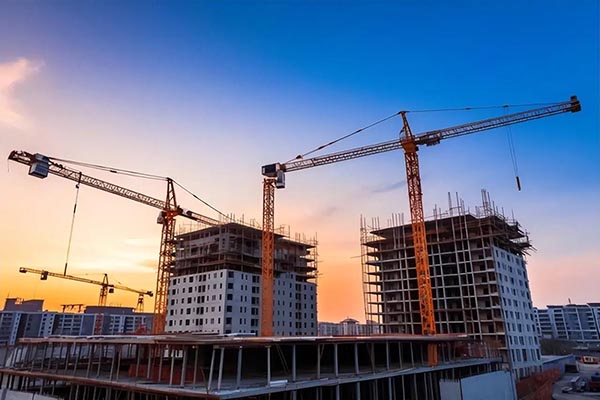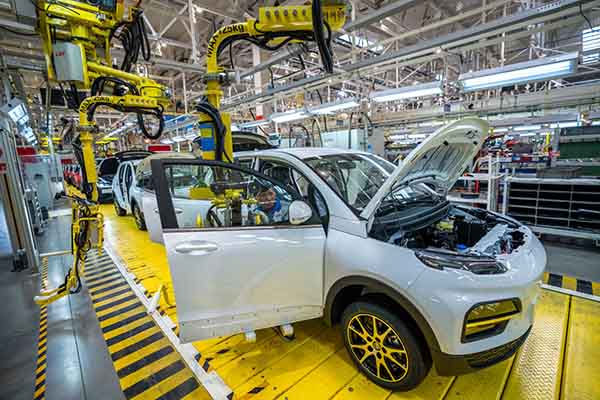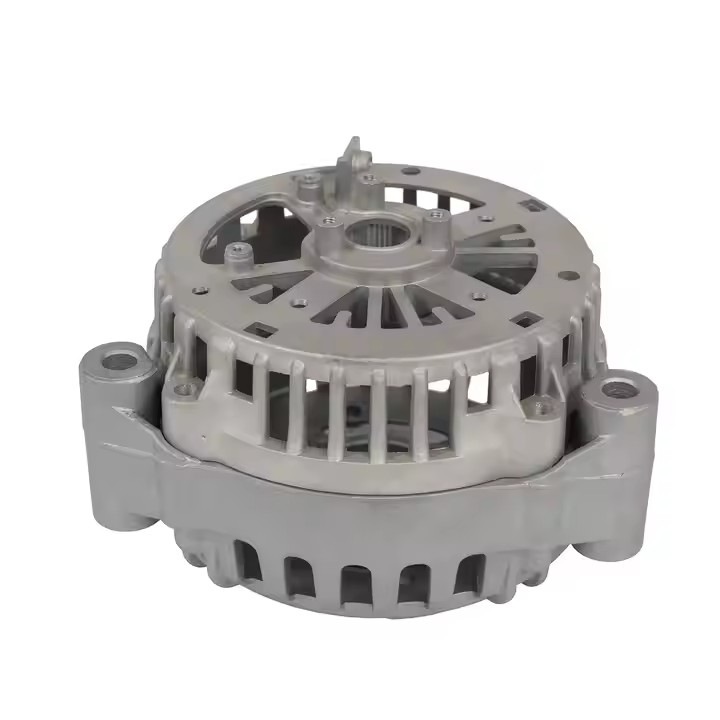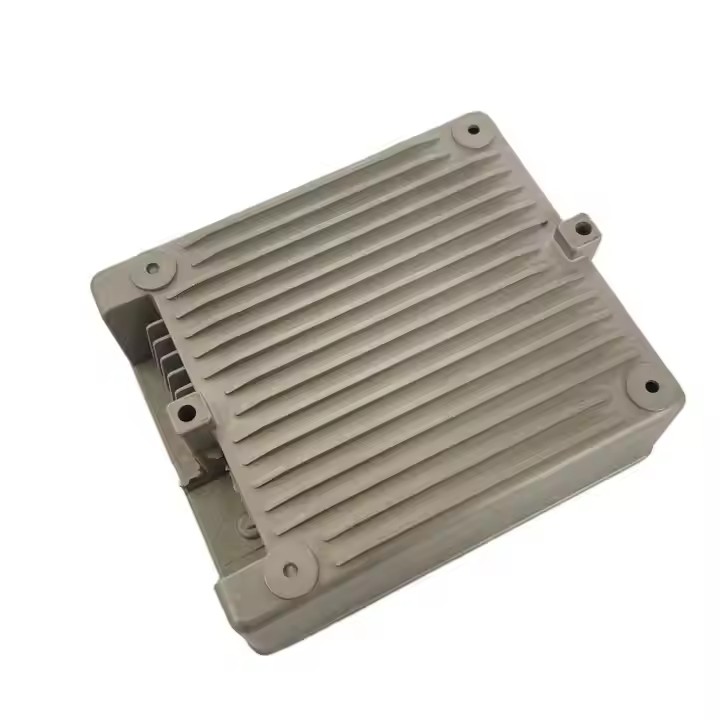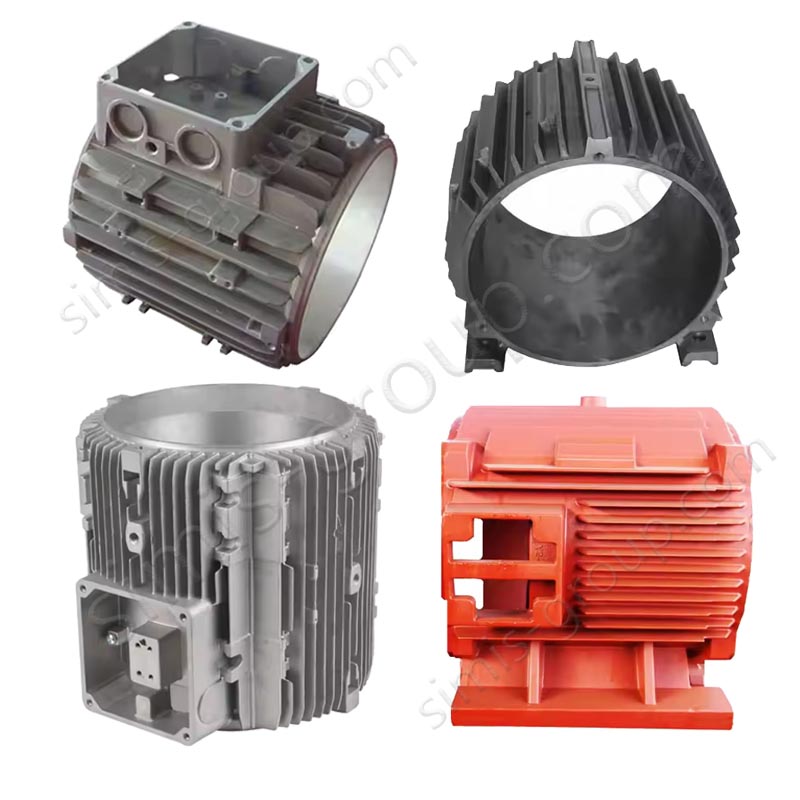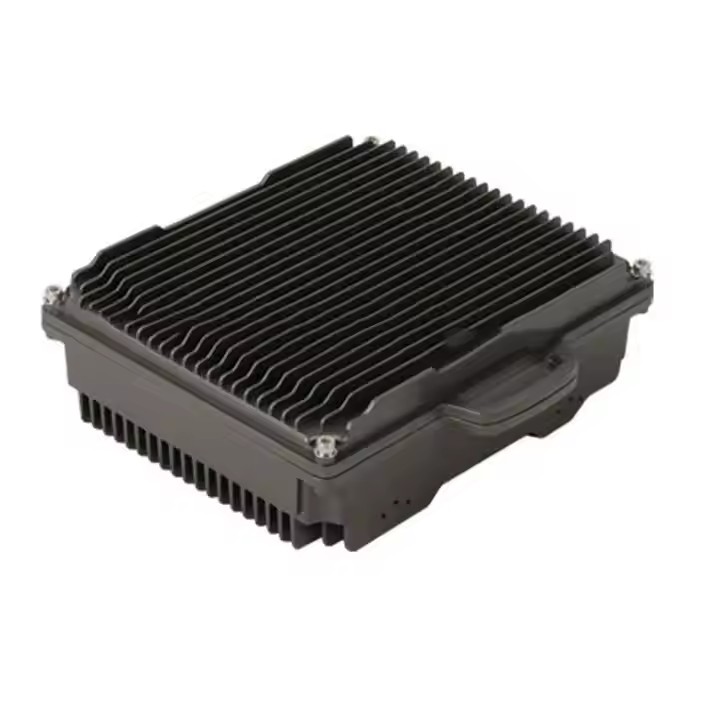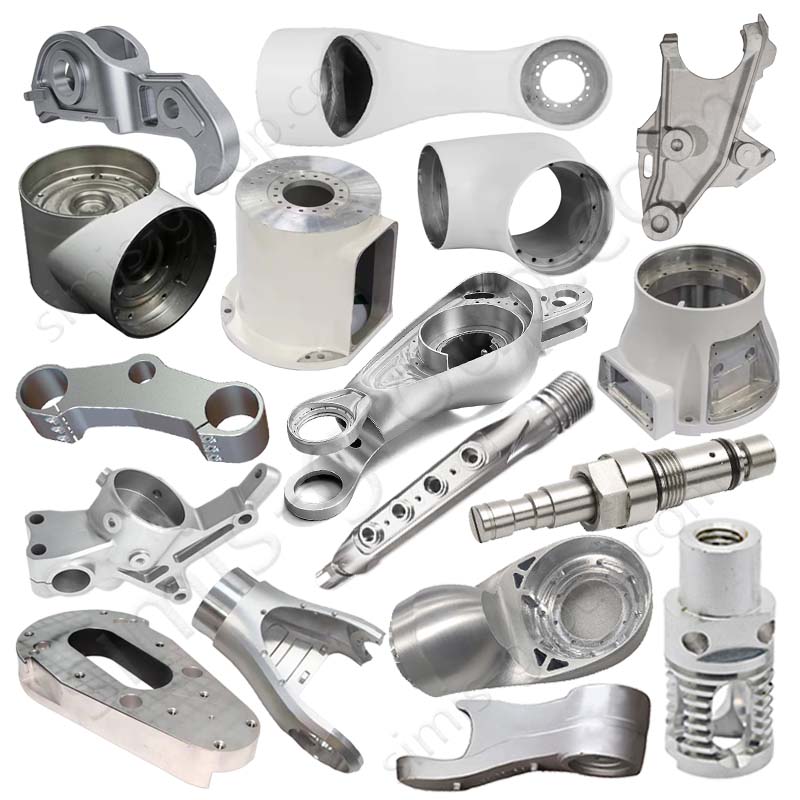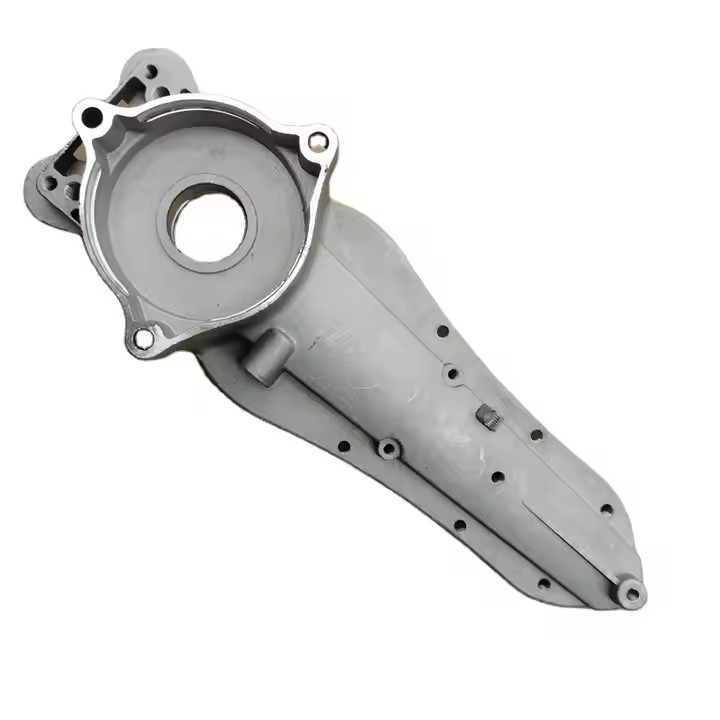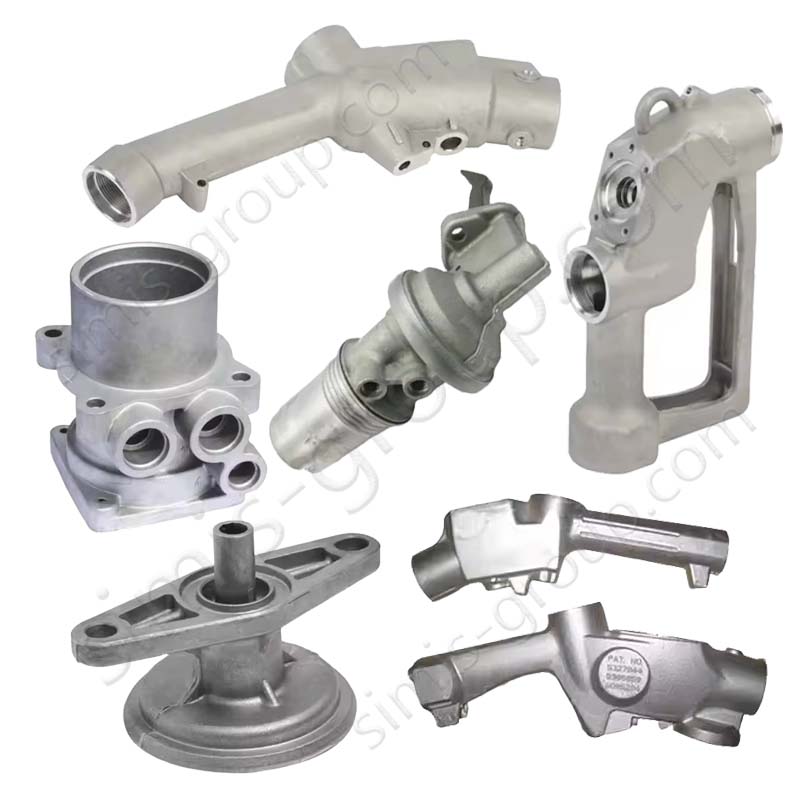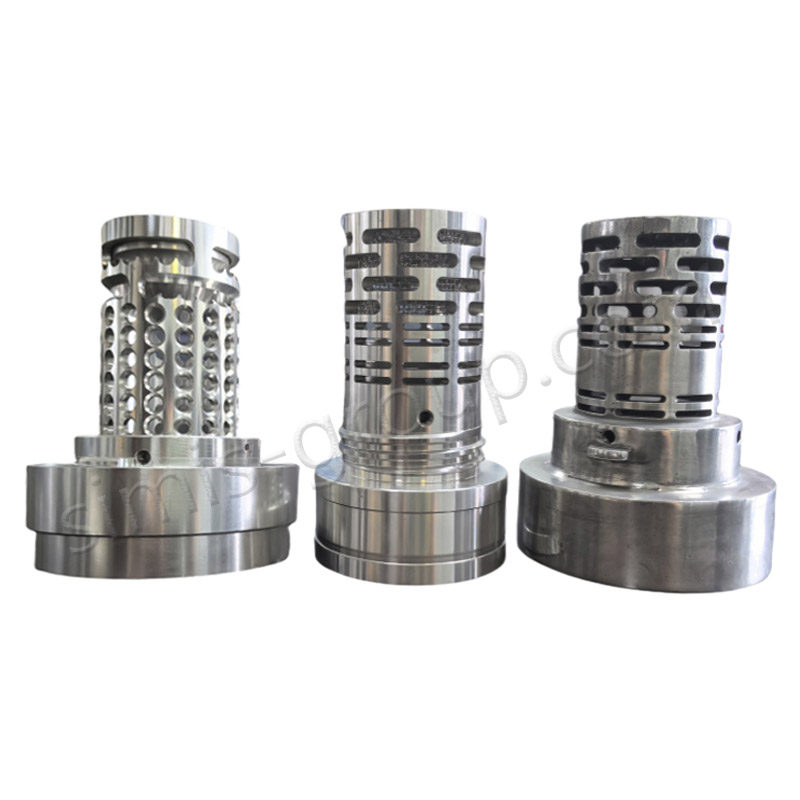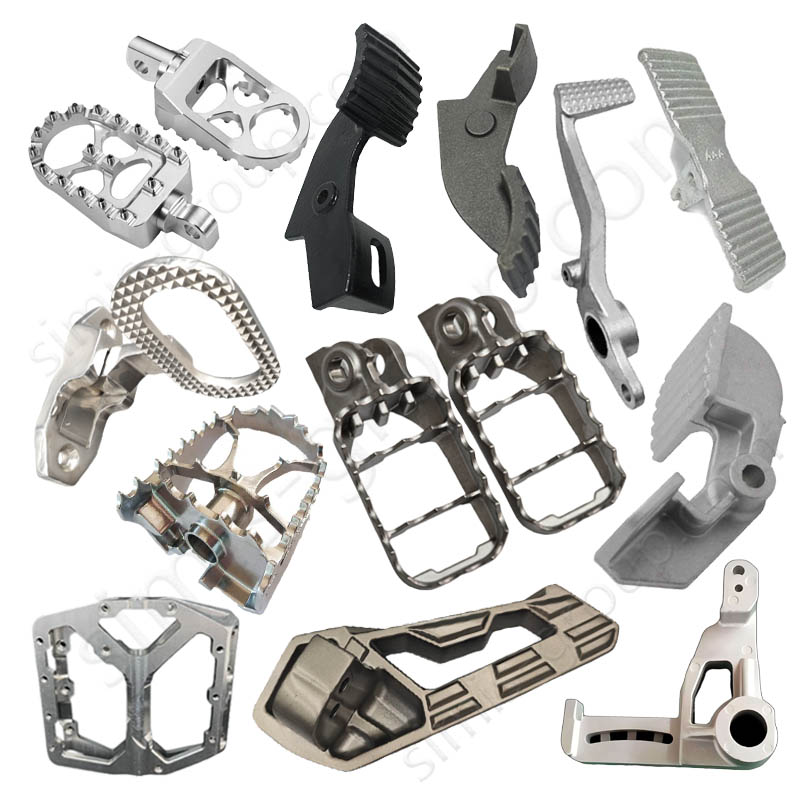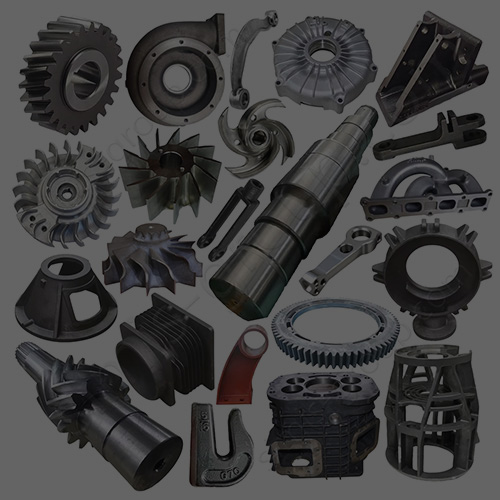Simis Gravity Permanent Mold Casting Foundry
Gravity Permanent Mold Casting Factory Introduction
The SIMIS Gravity Permanent Mold Foundry focuses on producing high-quality aluminum, copper, and magnesium alloy castings. We use advanced gravity die casting (permanent mold casting) technology, which relies on reusable metal molds to pour molten alloys under the force of gravity.This specialized process delivers excellent dimensional accuracy and superior surface quality, making it the ideal choice for medium-to-high volume production where consistency and precision are critical.
Melting Capacity: We utilize multiple Medium-Frequency Induction and Resistance Furnaces (ranging from 300 kg up to 1 ton) for flexible alloy handling and precise temperature control.
Pouring Automation: Semi-Automatic Gravity Pouring Machines with adjustable tilt control ensure smooth, controlled mold filling, minimizing turbulence and internal defects.
Mold Management: Advanced Mold Heating and Cooling Systems use circulating oil/water to regulate temperature, which is essential for maximizing mold life and achieving consistent casting microstructure.
Casting Weight: 0.2 kg – 100 kg
Maximum Dimensions: up to 1000 mm × 800 mm × 500 mm
Wall Thickness: 3 mm – 25 mm
Dimensional Accuracy: CT5 – CT7
Surface Roughness: Ra 3.2 – 6.3 μm
Gravity Permanent Mold Casting Process
Gravity permanent mold casting process overview
Gravity Permanent Mold Casting uses gravity to pour molten metal into a prepared reusable metal die (mold). The casting is formed after cooling and solidification within this metal die. This process is highly effective for producing castings that require high precision and simple to moderately complex structures, offering benefits like low cost and ease of operation for medium-to-high volume runs.
1. Die Preparation
Permanent molds are constructed from durable metal or ceramic materials. The mold design process must carefully account for the metal's fluidity, the cooling rate, and the complex geometry of the final casting.
2. Melting Metal Materials
The specific metal alloy is heated in a high-temperature furnace until it is completely molten, ensuring the temperature is well above its melting point for optimal pouring.
3. Pouring
During pouring, the molten metal flows by gravity from the holding furnace or ladle, through the mold's runner system, and enters the mold cavity via the gate. Gravity ensures the cavity is fully filled to form the shape of the desired casting.
4. Cooling and Solidification
Once inside the metal die, the molten metal begins to cool and solidify rapidly. The metal mold extracts heat efficiently, promoting a fine, dense microstructure in the casting.
5. Permanent Mold Demolding
After the casting has fully solidified and cooled, the reusable metal die is opened (disassembled), and the casting is mechanically ejected or removed.
6. Casting Cleaning
The castings is removed from the die, and excess material, such as gates, risers, and flash, is trimmed and removed. The casting surface is cleaned in preparation for further processing.
7. Post-Processing and Testing
The cleaned casting undergoes necessary post-processing steps, such as specialized heat treatment and precision machining, to achieve the required mechanical performance and final dimensions for the customer's design.
8. Quality Inspection
Comprehensive quality inspection is performed. This includes surface quality inspection, dimensional checks, and mechanical property testing to ensure the finished permanent mold castings strictly adhere to the requirements of the design drawings.
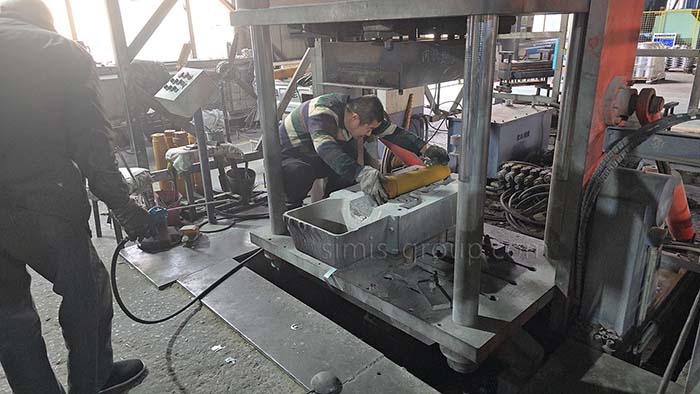
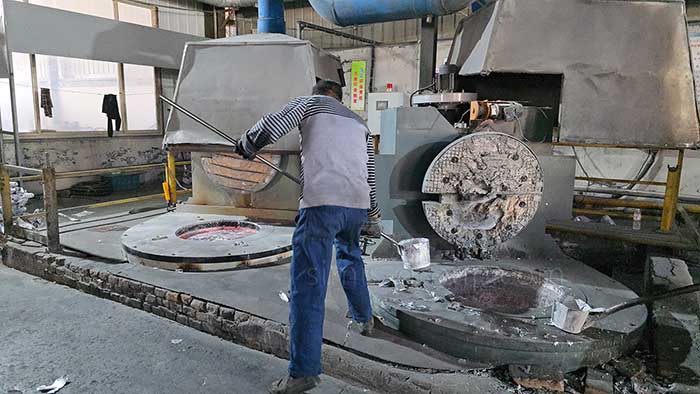


Materials For Gravity Casting
What metal parts can be cast in Simis Gravity Permanent Mold Casting Factory?
The SIMIS Gravity Foundry makes parts using metal molds. We pour the metal using simple gravity. This method is great for making medium-sized batches of parts.Compared to sand casting, this process ensures better surface quality, improved mechanical properties, and lower porosity. We use light metals like aluminum, zinc, magnesium, and copper. We make light parts for things like cars, lights, streetlight housings, cylinder heads, pump covers, and turbine housings.
Aluminum Parts
We use this for important, light parts. Examples are car suspension arms, wheels, and strong brackets.
We control the pouring to make the metal set correctly. Special heat treatment makes the final part much stronger.
We cast with many types of Aluminum Alloys like aluminum-silicon, aluminum-copper, aluminum-zinc ...
Copper Parts
We use copper for parts that must resist wear: pump casings, impellers, and valves.
This fast cooling makes the metal very fine and hard. This gives you top wear resistance and stops leaks.
We cast with many types of copper alloys like brass, bronze.
Magnesium and Zinc Alloys (Specialized Weight & Cost)
SIMIS also casts these alloys for targeted projects.
Magnesium Alloys: Chosen when the absolute lowest weight is critical. These alloys have the highest strength-to-weight ratio.
Zinc Alloys: Excellent for high-volume runs where low material cost and good castability are the main goals.
